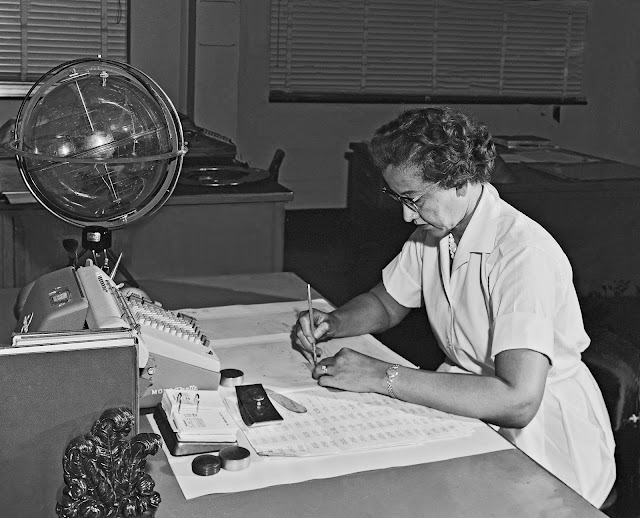 |
| For well over a century, Black researchers have played an important role in quantum physics, but their contributions remain unknown, obscured by a legacy of racism that continues to affect Black students' participation in physics to this day. Credit: Symmetry Magazine |
The sixth person to earn a doctoral degree in physics from an American institution was African American scientist Edward Alexander Bouchet. It was 1876, just 11 years after the US had adopted a constitutional amendment that outlawed slavery.
Never again have African Americans made up such a large percentage of US physicists. In fact, it would take another 42 years before a second African American man earned a physics PhD in the United States.
That was Elmer Imes, a contemporary of Albert Einstein, who earned his degree from the University of Michigan in 1918. His doctoral work established some of the earliest direct experimental evidence of quantum theory, making him a crucial historical figure in quantum physics and quantum information science.
But the accomplishments of Black scientists like Imes and Bouchet are not well known, says Charles Brown, a postdoctoral researcher at the University of California, Berkeley. “Black people have been contributing to the progress of research groups for a long time, and just not really having enough of a spotlight on them… which is why when you go to Wikipedia, and you try to look people up, it's hard to find anything,” he says.
Like Imes, Brown searches for insights into the quantum realm. And like fellow Yale graduate Bouchet, Brown finds himself in a small pool of physics PhDs: According to a survey by the American Institute of Physics, “quantum foundations and information science” ranks among the smallest subfields in physics, having granted an average of just 30 PhDs per year in 2017 and 2018.
The US and other nations plan to grow what they’re calling the “quantum workforce,” and they’re going to need people with the right level of expertise to fill it, says Thomas Searles, an associate professor at the University of Illinois, Chicago. “There is a large issue of this new, burgeoning industry where there are going to be significant problems with the workforce and sustaining it,” he says.
Physicists like Searles and Brown see an opportunity during this period of growth: to prioritize diversity, equity and inclusion now, rather than trying to fix more entrenched issues later. They suggest this will require confronting systemic problems in education and academia while simultaneously investing in programs that will help Black researchers succeed.
The hope is that there will be more physicists like Imes and Bouchet. But their stories will feature fewer frustrations and more support—and people will make sure to tell them.







